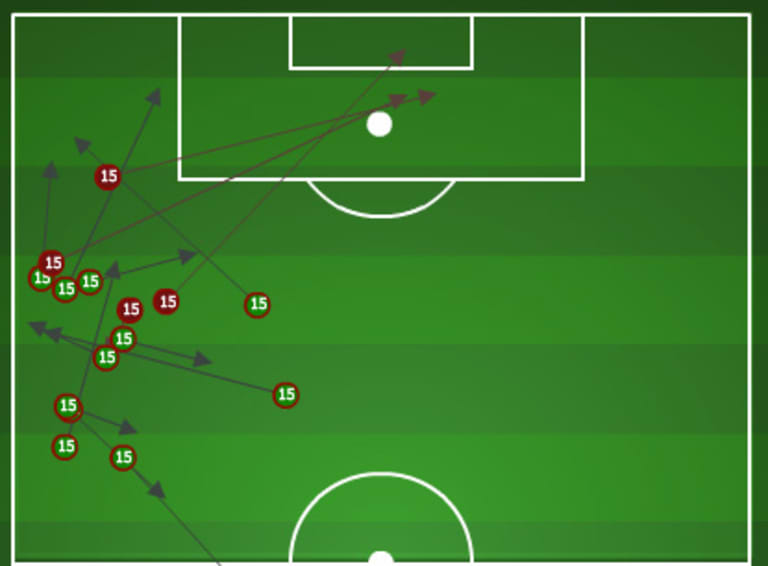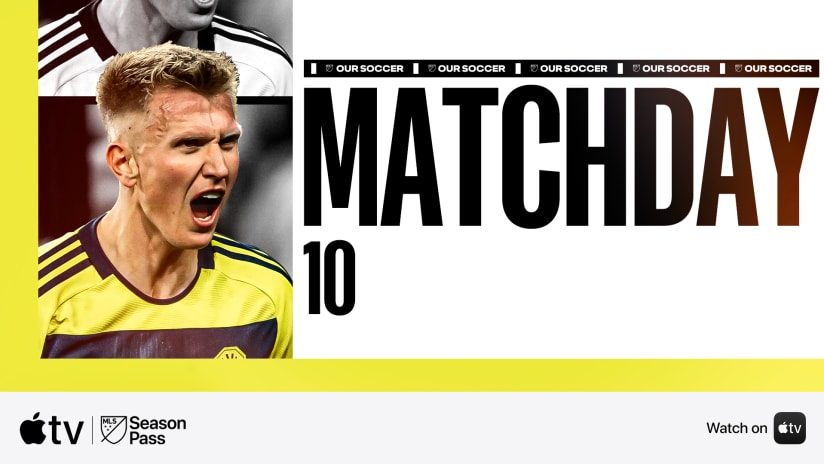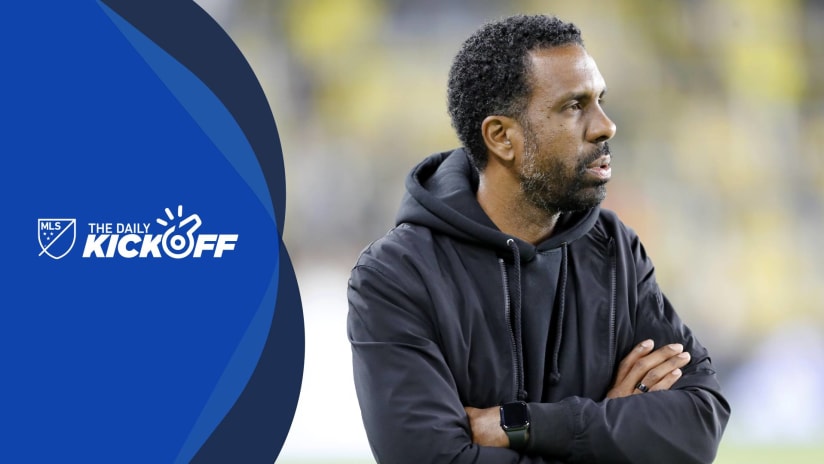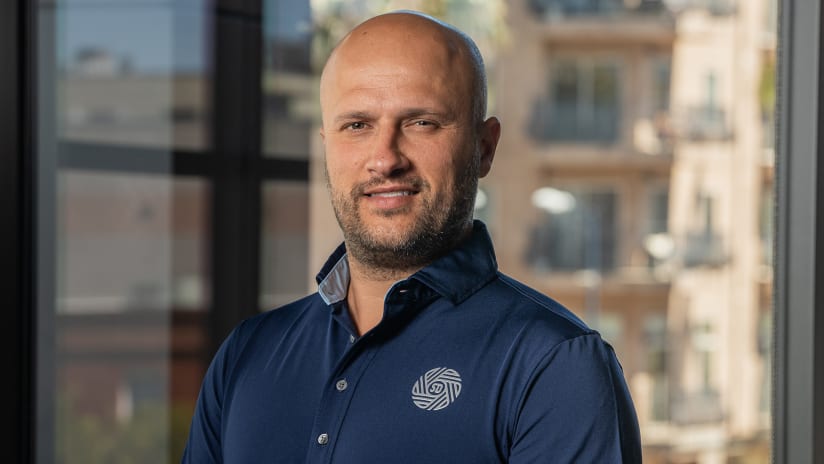The numbers I saw thrown around in the Spanish-speaking soccer world tonight suggested that, if Mexico missed out on the World Cup, it would have cost the federation, TV networks and advertisers anywhere from $600 million to $1 billion dollars. Good thing for them the USMNT played the full 90.
So Mexico have one last chance to back into the World Cup, and Los Canaleros have a night of broken dreams.
Here are three things we learned from Tuesday's 3-2 USA win in Panama:
1. Creating space on the flanks is still a prerequisite
The game changed significantly when Brad Davis came on for Brad Evans in the 56th minute because Davis is actually a winger.
He doesn't have speed, and his first touch really can come and go, but his instinct more often than not is to get wide early, to stay wide late, and to hit the cross first time. That's what opened up the game tonight.
You can argue, of course, that it opened up the game for both teams, and the final 30 minutes actually didnt' look much like a qualifier. Panama kept finding space against the 4-4-2 that didn't really exist in the 4-2-3-1, and the 4-4-2 is what served Davis so well. Teams are almost never that stretched with a World Cup spot on the line.
Look how wide Davis was. Panama had no choice but to come meet him, and when they didn't, he scorched 'em:

The game getting stretched is what caused each of the last three goals. Davis was a "let's go forward" sub from Jurgen Klinsmann, complemented by an even more attacking sub six minutes later when Aron Johannsson came on.
And they both complemented Graham Zusi, who was a million times more effective in the final 30 minutes. Zusi is a modern winger in that he always, always wants to pinch inside. It's becoming increasingly clear that means the winger on the other side of the field, then, has to stay wide.
Davis did. Zusi got the night's biggest goal, one worth a billion dollars.
2. Space on the flanks can be enhanced by speed
Let's give it up for Alberto Quintero, Panama's little left winger who was the clear Man of the Match. There's not a lot to say beyond this: If the US don't figure out how to handle direct, aggressive speed like that by the time next summer rolls around, we will be in trouble.
Remember how good Kevin Mirallas was for Belgium this summer? When he annihilated the US backline? That's still a big, big problem.
Evans, who is positionally fairly savvy, couldn't compensate for Quintero, and when Alejandro Bedoya was shifted out to right back, he fared even worse.
Jurgen Klinsmann will be working on this for the next eight months.
3. Slow defensive rotations will get exploited by good teams
The easiest thing to focus on for Panama's first goal is the giveaway from Edgar Castillo:
That's a hospital ball, pure and simple – he had Kyle Beckerman checking to him, and should have played to feet.
But Castillo compounds the issue with a poor reaction, letting Marcos Sánchez immediately get wrong side of him and force Michael Orozco-Fiscal to make a hard shift onto the ball. That in turn forced Clarence Goodson to play a step deeper – one step that was all Gabriel Torres needed to find net.
Every single goal in the game happens because of a cascade of errors, and this one is no different. But it's frustrating to see Castillo, who is so good going forward, make his one egregiously bad defensive play every game, then compound it with poor reactions.
Castillo was wonderful in the second half, by the way. But I'm still worried about the US flanks, which have become a clear target for every single team in the region – and will be scouted thoroughly next summer as well.














